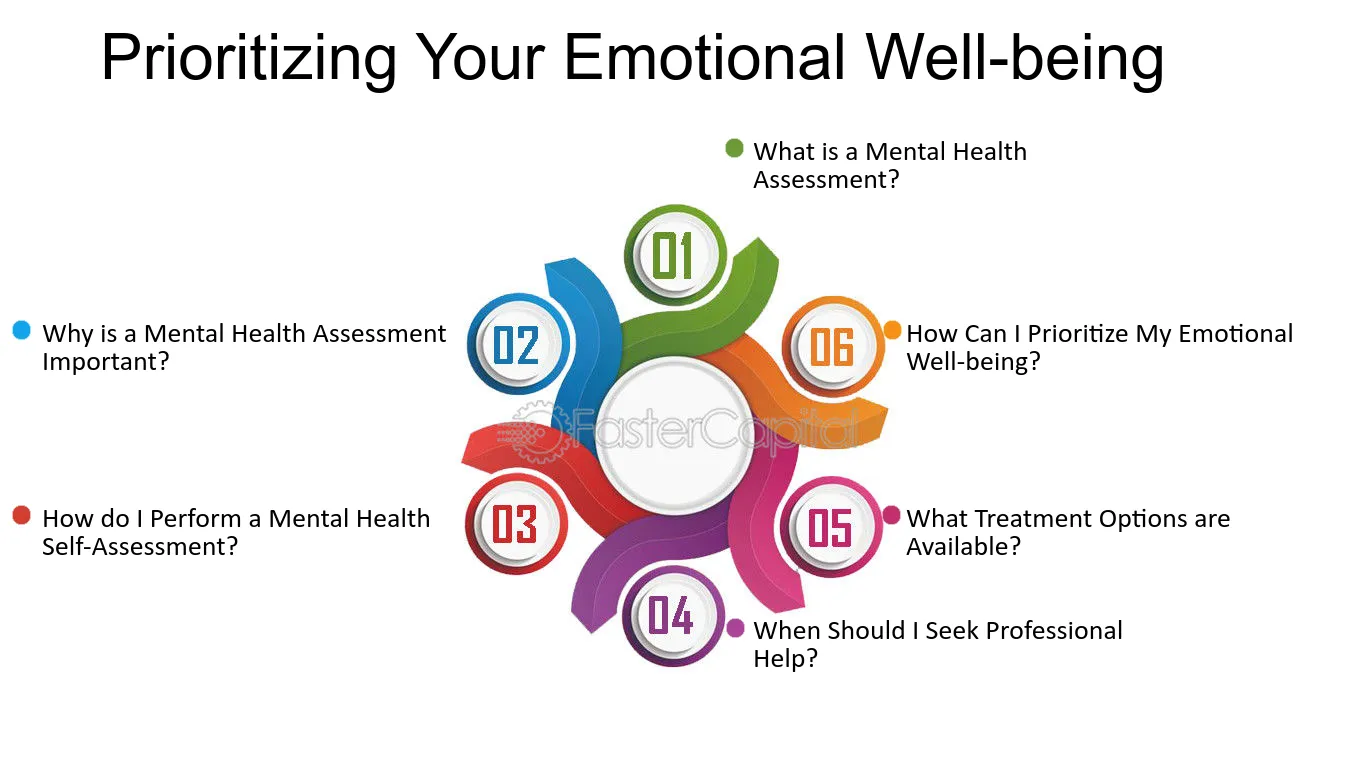Understanding your overall health is the first step toward maintaining a vibrant and fulfilling life. Whether you’re feeling generally well or experiencing some concerns, taking the time to assess your current health status is essential. It provides a clear picture of your well-being, helping you identify areas for improvement and enabling proactive healthcare decisions.
Why is Assessing Your Current Health Status Important?
Regularly evaluating your health allows you to catch potential issues early, manage existing conditions more effectively, and set realistic health goals. It’s not just about the absence of illness but about understanding your body’s conditions and how you feel physically, mentally, and emotionally. This comprehensive approach ensures a balanced view of your overall wellness.
Steps to Assess Your Current Health Status
1. Review Your Medical History
Start by examining your medical records, including past illnesses, surgeries, allergies, and family health history. Recognizing patterns or hereditary conditions can guide your preventive measures and screenings.
2. Conduct a Physical Examination
Visit your healthcare provider for a thorough physical exam. This check-up may include measuring vital signs like blood pressure, heart rate, and temperature, as well as assessing overall body health. Regular examinations can help detect subtle health changes before symptoms manifest.
3. Monitor Your Lifestyle Habits
Evaluate your diet, physical activity, sleep quality, and stress levels. Healthy lifestyle choices are fundamental to maintaining good health. Tracking these habits can highlight areas needing improvement and establish a baseline for future progress.
4. Get Preventive Screenings and Tests
Based on your age, sex, and medical history, your doctor might recommend specific screenings such as blood tests, cholesterol levels, blood sugar levels, or cancer screenings. These tests can reveal underlying health issues that are asymptomatic.
5. Assess Mental and Emotional Well-being
Physical health is closely linked to mental health. Reflect on your mood, stress levels, and overall emotional condition. Consider speaking with mental health professionals if you notice signs of anxiety, depression, or burnout. Self-awareness in this area is vital for holistic health management.
Utilize Tools and Resources
Numerous online tools and health apps can help record and analyze your health data. Additionally, [assessing your current health status](https://scriify.com/assessing-your-current-health-status/) using professional resources can provide tailored insights and guidance. Visiting websites like Scriify offers valuable information and support options for a comprehensive health assessment journey.
Creating a Personal Health Plan
After evaluating your current health condition, work with healthcare providers to develop a personalized health plan. This plan may include lifestyle modifications, scheduled screenings, and regular follow-ups. Consistency is key—regular assessments help track progress and adjust strategies when needed.
Conclusion
Assessing your current health status is an empowering step toward living a healthier life. By taking proactive measures, understanding your body, and collaborating with healthcare professionals, you can enhance your overall well-being. Remember, health is a continuous journey, and consistent evaluation fosters better health outcomes in the long run.
